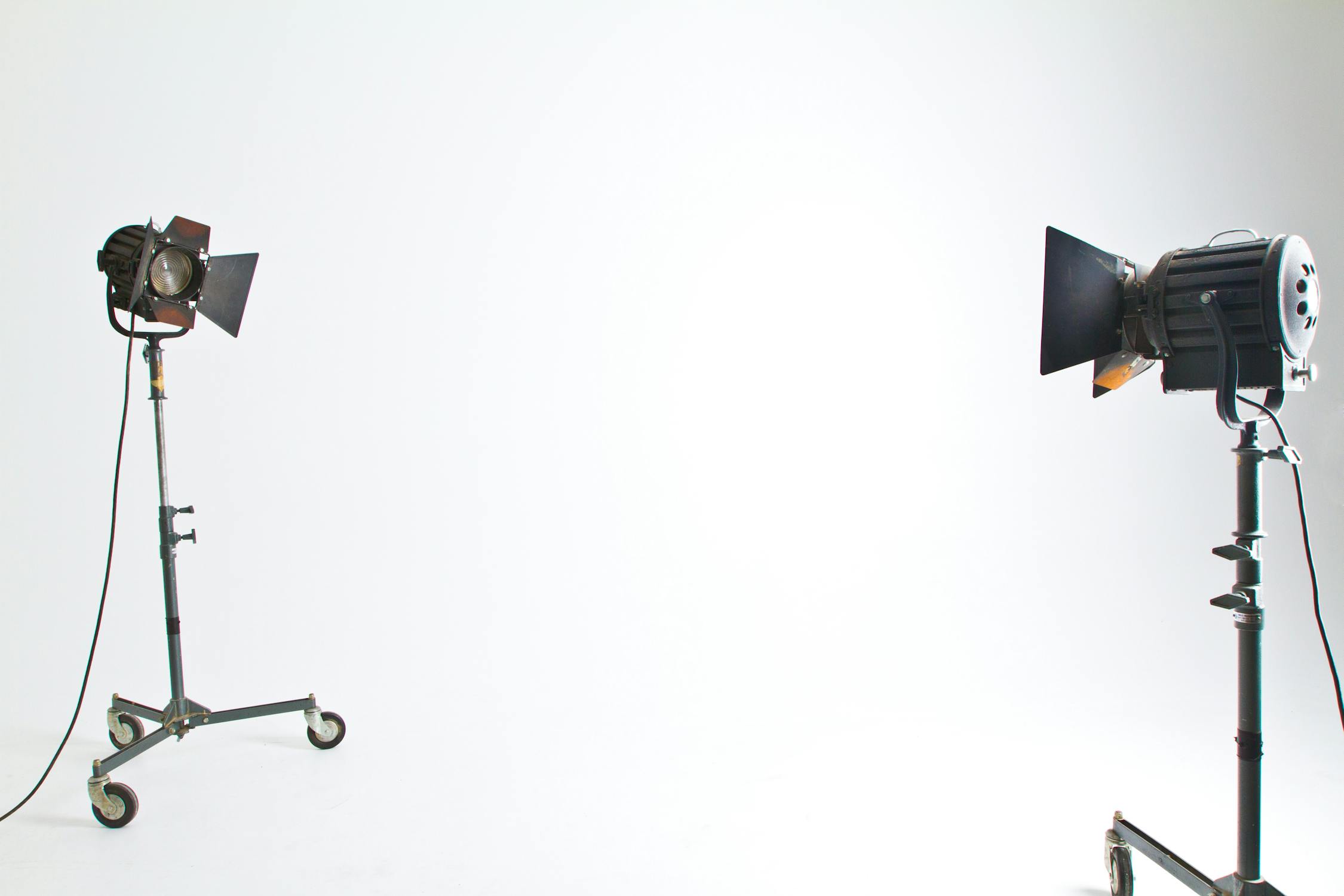Understanding Portrait Lighting
Knowing the methods to manipulate light allows photographers to highlight their subjects' best features and create compelling images. With the right techniques, even a simple portrait can be transformed into a masterpiece.
By mastering the fundamentals of portrait lighting, you'll be able to control the mood, emphasize details, and enhance the overall aesthetic of your photographs.

Whether you're a beginner or an experienced photographer looking to refine your skills, understanding these concepts will elevate your work to new heights.
Natural Light
Daylight is one of the most accessible and versatile sources for portrait photography. It can create soft, flattering illumination or dramatic shadows, depending on the time of day and weather conditions. Many photographers prefer natural light because it requires minimal equipment and can produce beautiful results.
When working with natural light, consider the position of the sun. Early morning and late afternoon, known as the golden hours, offer warm and diffused light that is ideal for portraits. Midday sun, on the other hand, can be harsh and create unflattering shadows. Using reflectors or diffusers can help soften the light and reduce shadows.
Photographers often use window light for indoor portraits. Positioning your subject near a window provides soft, directional light that can highlight facial features while maintaining a natural look. Experimenting with different angles and distances from the window can yield varied effects.
Studio Lighting
Studio lighting gives photographers complete control over their environment. By using artificial lights such as strobes or continuous lights, you can precisely shape and direct the illumination to achieve the desired effect. Studio lighting setups range from simple one-light configurations to complex multi-light arrangements.
The most common studio lighting setup is the three-point lighting system. It includes a key light as the primary source, a fill light to reduce shadows, and a backlight to separate the subject from the background. This setup provides balanced illumination and adds depth to portraits.
Modifiers like softboxes, umbrellas, and beauty dishes can alter the quality of studio light. Softboxes produce even, diffused light that reduces harsh shadows, while beauty dishes create more focused illumination with defined highlights. Experimenting with different modifiers helps achieve various looks tailored to each photoshoot.
Outdoor Lighting
Outdoor lighting offers diverse possibilities for portrait photography but comes with challenges like changing weather conditions and uncontrollable elements. Natural landscapes provide stunning backdrops that enhance portraits by adding context and atmosphere.
Shooting during golden hours outdoors creates beautiful warm tones and soft shadows. Cloudy days also offer excellent conditions as clouds act as natural diffusers, providing even lighting without harsh contrasts.
Using external flashes or reflectors outdoors helps control lighting in unpredictable environments. A flash can fill in shadows created by overhead sunlight while maintaining natural-looking illumination. Reflectors bounce sunlight onto subjects' faces for added brightness without additional equipment.
Essential Equipment
Investing in quality lighting equipment is crucial for achieving professional results in portrait photography. Here are some essential tools:
- Cameras: Full-frame DSLRs or mirrorless cameras with high dynamic range capabilities capture details effectively under various lighting conditions.
- Lenses: Prime lenses with wide apertures (f/1.8 or lower) allow more light into sensors for better low-light performance.
- Light Modifiers: Softboxes, umbrellas, reflectors, diffusers modify light quality according to specific needs.
- Tripods & Stands: Stabilize cameras & lights ensuring consistent framing & exposure throughout shoots.
Troubleshooting Common Issues
Even experienced photographers encounter challenges when working with portrait lighting. Here are some common issues and solutions:
- Overexposed Highlights: Reduce exposure settings or use ND filters to balance bright areas without losing detail in shadows.
- Harsh Shadows: Adjust positions of lights/reflectors/diffusers creating softer transitions between highlights/shadows.
- Uneven Skin Tones: Use color correction gels on lights maintaining consistent skin tones across subjects/locations.
- Lack Of Depth: Incorporate backlights/rim lights adding dimensionality separating subjects from backgrounds effectively.
Mastering the art of portrait lighting is essential for any photographer looking to enhance the quality and emotional impact of their images. Understanding how to manipulate light allows you to highlight your subjects' best features and create compelling, visually striking portraits.
Natural light, with its versatility, can create soft, flattering images or dramatic shadows, depending on the time of day and weather conditions. Studio lighting, on the other hand, offers complete control, allowing you to precisely shape and direct the illumination. Using outdoor lighting provides diverse possibilities and stunning natural backdrops, although it requires managing unpredictable elements.
Investing in quality lighting equipment, such as cameras, lenses, light modifiers, and stabilizers, is crucial for achieving professional results. Additionally, knowing how to troubleshoot common lighting issues ensures that you can maintain the quality and consistency of your portraits.
By mastering these fundamentals, you'll be able to control the mood, emphasize details, and enhance the overall aesthetic of your photographs. Whether you're a beginner or an experienced photographer looking to refine your skills, understanding these concepts will elevate your work to new heights and transform even simple portraits into masterpieces.